Challenges of the River and Great Lakes
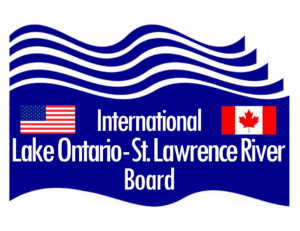

Defining the border between upstate New York and Canada, the Upper St. Lawrence River and Lake Ontario provide: drinking water, scenic beauty, recreation, and economic opportunities for millions of people in both countries.
Water levels rise and fall in seasonal cycles, with annual highs typically occurring in the summer and annual lows in winter. Water levels also fluctuate on a long-term basis in response to persistent wet or dry conditions that may last for a number of years.
The International Joint Commission
The high water level events of 2017 and 2019 were caused by years of record precipitation. Save The River has been advocating for the International Joint Commission (IJC) to continue increased outflows at the Moses-Saunders Dam as long as conditions allow. This advocacy is done in an attempt to bring relief to riparians and shoreline business owners who have endured the high water of two of the past three years.
Additionally, we support the accelerated review of Plan 2014 by the Great Lakes Adaptive Management committee (GLAM) with hopes of fine-tuning the long term management plan that protects the River’s ecosystem and continues to enrich the lives of human residents.
The International Joint Commission (IJC) has provided this website to help answer FAQs about the 2017 & 2019 High Water Events.
Additional Water Level Resources
- Comparison of Regulation Plans Under Extremely Wet Conditions – ILOSRLB
- NOAA Current River Conditions Buoy – Alexandria Bay – Current weather conditions, water temperatures and more
- Monthly Water Level Bulletin – Government of Canada
- For more information on our advocacy work, click here.
Latest Water Level News
IJC invites public comment on Phase 1 of the Plan 2014 Expedited Review
IJC invites public comment on Phase 1 of the Plan 2014 Expedited Review for Lake Ontario and the St. Lawrence River The International Joint Commission
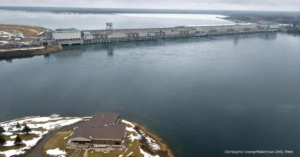
IJC – Seeks Input on Efforts to Help Recreational Boaters – Act Now!
The IJC is doing a survey of boat owners to determine the results of their brief deviation to raise water levels to help boat owners
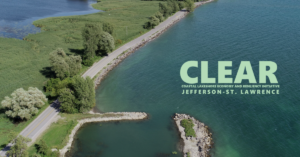
Final Public Workshop on Resiliency Planning for Shoreline Communities along Lake Ontario and the St. Lawrence River
Residents, property owners, business owners, and all interested parties are encouraged to join a virtual Public Workshop on Tuesday, November 9th, 6:00-7:30 pm. This is
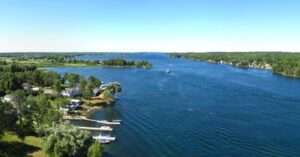
IJC Continues to Assess Water Level Conditions on the St. Lawrence River for Potential Boat Haul Out Assistance
There are approximately 700 marina and boat club slips, and hundreds of private docks located along the shores of Lake St. Lawrence. Recreational boaters who
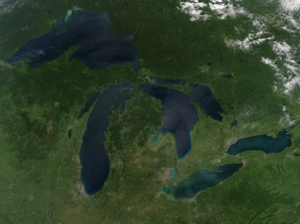
Save The Date! The Ups and Downs of Great Lakes Water Levels
The Ups and Downs of Great Lakes Water Levels – A talk by Dr. Andrew Gronewold, P.E. Join us on Thursday, September 9th, 2021 at

Lake Ontario-St. Lawrence River Current and Forecast Conditions – Virtual Public Presentation
Here are the latest recordings from virtual public meetings held by the the International Lake Ontario-St. Lawrence River Board June 15: https://vimeo.com/565605954 June 17: https://vimeo.com/564809591 The board
